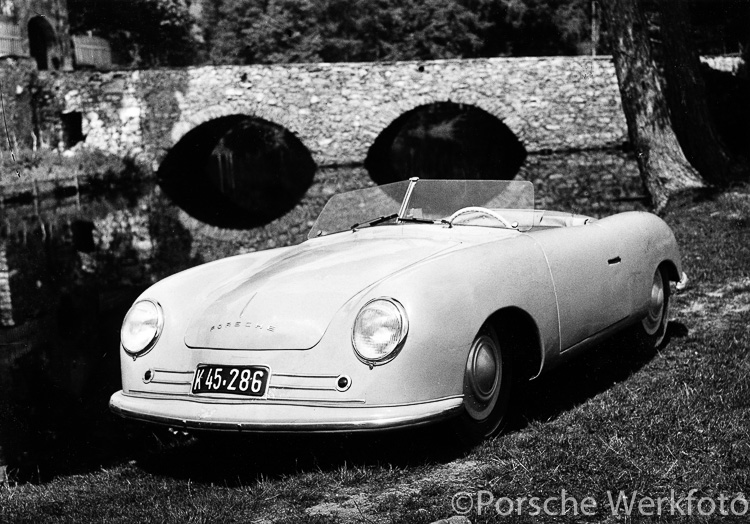
Born on 8 June 1948, the Porsche 356 No.1 was presented to the world, immediately setting standards by which the famous Stuttgart marque is still known today. Created around the philosophy of lightweight and nimble, the 356 quickly made a name for itself as a road car. But it also became the sports car of choice by a growing number of enthusiasts who prepared the car for motor racing. The Speedster, a lightweight version of the 356, was produced in the autumn of 1954 through until 1958. Despite being introduced at various times over the years, the Speedster was not a regular model in the 911 family line-up, but thanks to a new concept shown in 2018, the Porsche Speedster lives on today.
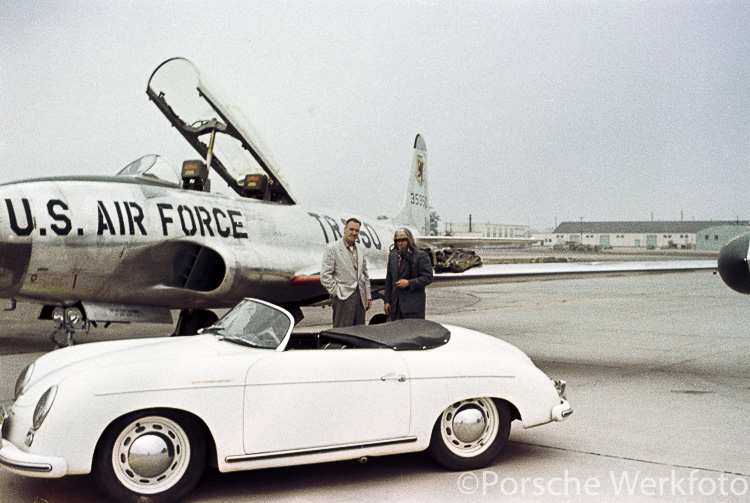
Ferry Porsche quickly realised that the company’s largest market for potential growth was in North America, and a distribution deal was signed with the well-known automotive dealer, Max Hoffman. In turn, Hoffman signed John von Neumann as his West Coast distributor, and it was this deal which really gave Porsche the sales injection it needed. Von Neumann had a nose for an opportunity, and with the 356, he saw the young set as the market with the most potential for Porsche. A keen racing driver, von Neumann raced a 356 in events along the West Coast, and this laid the foundation for the creation of a special model.
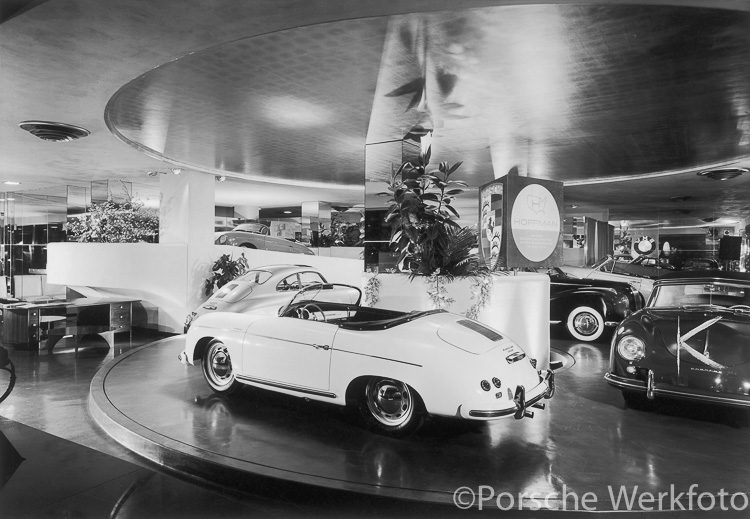
Von Neumann observed that the youth liked nothing more than to cruise the boulevards with their sports cars, driving deliberately slowly, with an elbow over the door and the top down. He started to work first on Max Hoffman and then on Ferry Porsche, to produce a stripped out, no frills 356 model that would serve both as a boulevard cruiser as well as a weekend racer. The idea was not well received in Stuttgart at first, because to build a car down to a fixed price without wind-up windows, a simple folding hood and devoid of any interior comforts, was a hard concept for the engineers to accept.
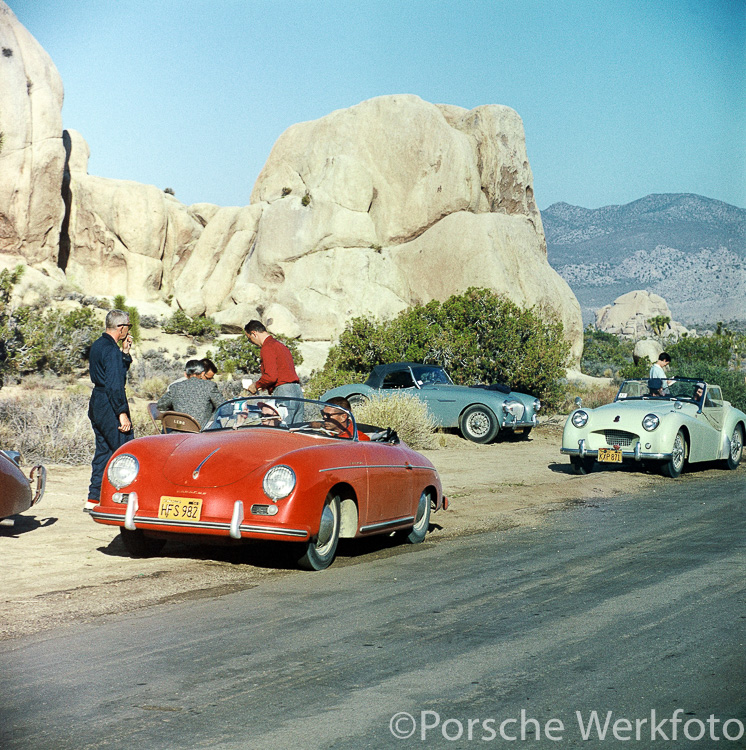
Von Neumann’s 356 concept would initially be powered by a 1500cc engine (1955), and later by a 1600cc (1956) engine. The Speedster could be used to cruise the social scene with a surfboard on the passenger seat, or to leave twin black stripes on the tarmac in traffic-light-to-traffic-light duels, and all for under $3000 – this was the Pre-A generation of the 356. In 1957, the 356 A 1500 GS Carrera Speedster was introduced with a 4-cam Carrera engine producing 100-110bhp. This latter model was a powerful machine which could be used on the road, but it was also a true racer.
The first 356 A 1500 GS Carrera GT Speedsters were ready for delivery in 1957. This model, more than any other, probably did more to spread the word about Porsche in those early days as it was perfectly positioned in the market to serve as both a social statement and a successful racer. The 911 enthusiast would have to wait three decades, until 1988, for the next Speedster to be produced. Over the years, eight different series and special models have been created with the ‘Speedster’ byname, the last model being the Type 997 Speedster in 2010.
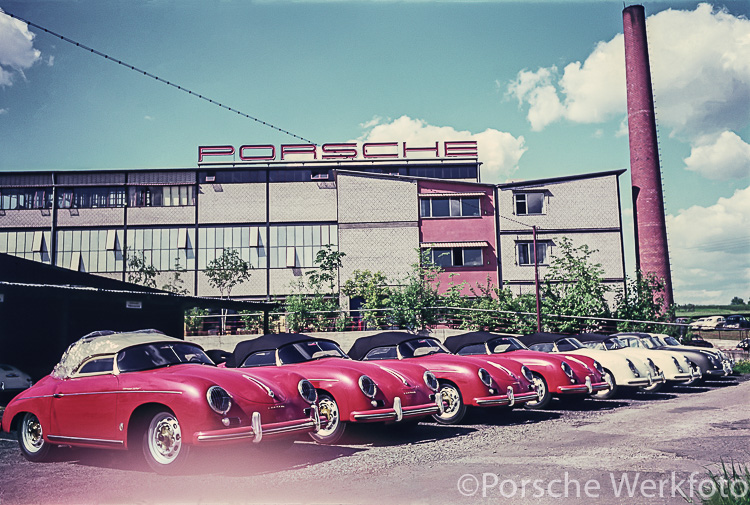
Porsche Speedster production:
| Series | Model | Year | Production |
| 356 | 1500 Speedster | 1955 | 758 |
| 356 | 1500 Super Speedster | 1955 | 154 |
| 356A | 1600 Speedster | 1956-58 | 2564 |
| 356A | 1600 Super Speedster | 1956-58 | 494 |
| 356A | 1500 GS Carrera Speedster | 1956-57 | 112 |
| 356A | 1600 GS Carrera Speedster | 1957-58 | 38 |
| G-Series | 911 Carrera Speedster | 1989 | 171 |
| G-Series | 911 Carrera Speedster Turbolook | 1989 | 2103 |
| 964 | 911 Carrera 2 Speedster | 1993 | 930 |
| 964 | 911 Carrera 2 Speedster Turbolook | 1993 | 15 |
| 993 | 911 Carrera Speedster | 1995 | 1 |
| 997 | 911 Speedster | 2010-11 | 361 |
Source: Porsche Archives
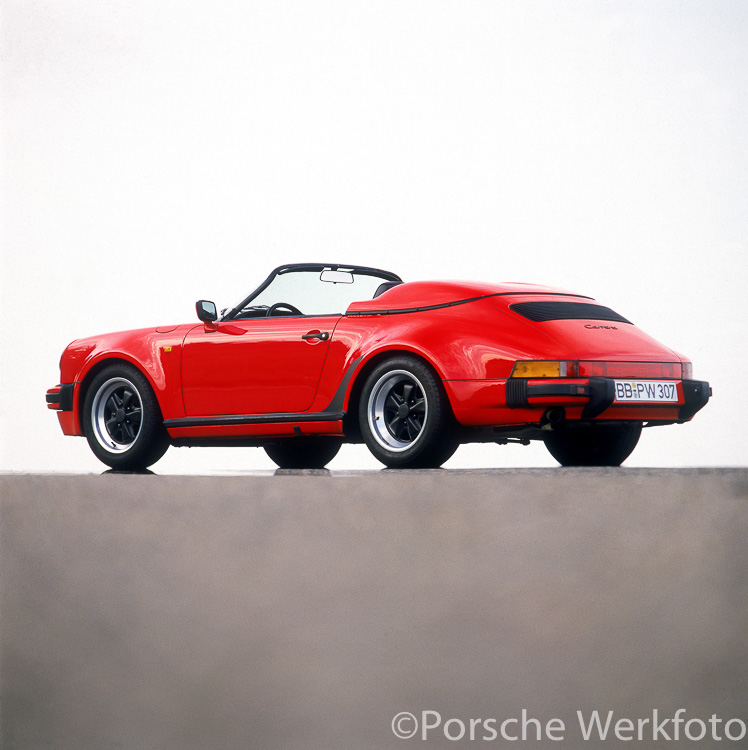
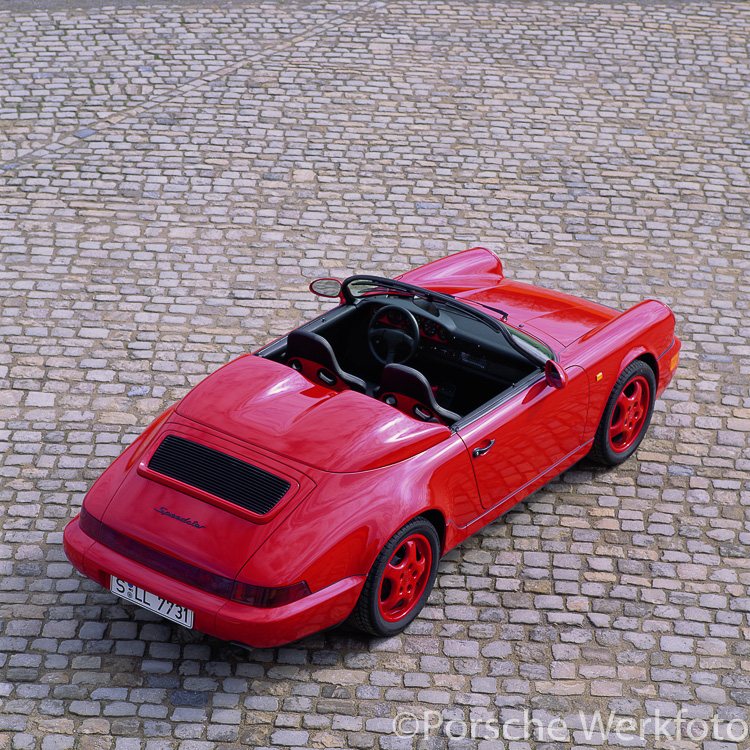
Familiar characteristics of the 911 Speedster Concept include the shorter window frame with a more inclined windscreen and shortened side windows. These features give the concept study an even stockier profile with a very low fly line, which is reminiscent of its predecessors such as the Porsche 356 1500 Speedster. A special rear cover made of carbon fibre connects behind the front seats, covering a roll-over protection structure and featuring a ‘double bubble’, a traditional element of this sports car design since the 911 Speedster from 1988.
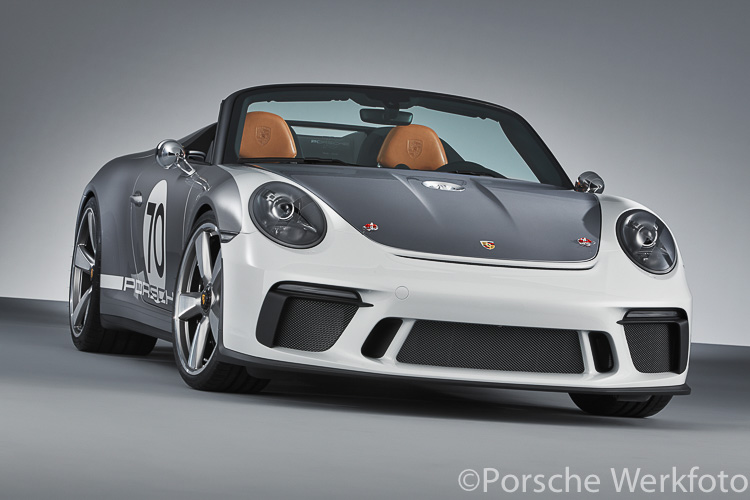
In keeping with the original 356 Speedster, the 911 Speedster Concept also features a lightweight tonneau cover instead of a convertible top. The lightweight principles of the Speedster philosophy continue through into the interior, where the navigation, radio and air conditioning systems have all been eliminated. The full bucket seats are made of carbon with light brown Aniline leather covers.
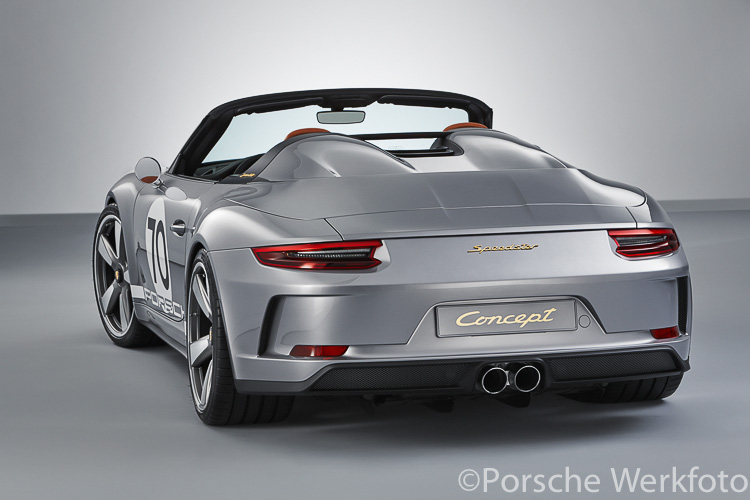
The broad body of the 911 Carrera 4 Cabriolet serves as the base for this Speedster Concept although the wings, front bonnet and rear cover of the concept are made of lightweight carbon-fibre composite material. The paintwork in the traditional colours of GT Silver and White harks back to Porsche’s early racing cars, as does the 50s-style central fuel tank cap positioned in the middle of the front bonnet, and the classic shape of the exterior mirrors.
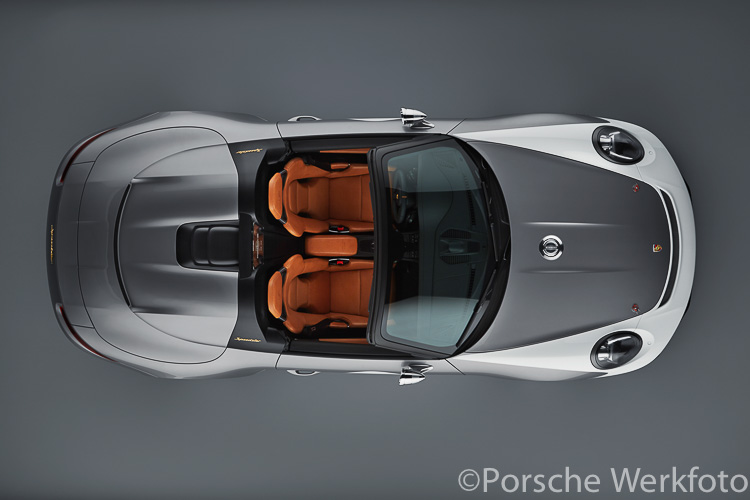
Under the skin, the 911 Speedster Concept relies on the chassis from the 911 GT3, and is set on 21-inch rims in Fuchs design, complete with centre locks. The concept study is powered by a six-cylinder flat engine developing more than 500bhp and reaches speeds of up to 9000rpm. The 911 Speedster Concept is of course driven through a six-speed manual transmission.
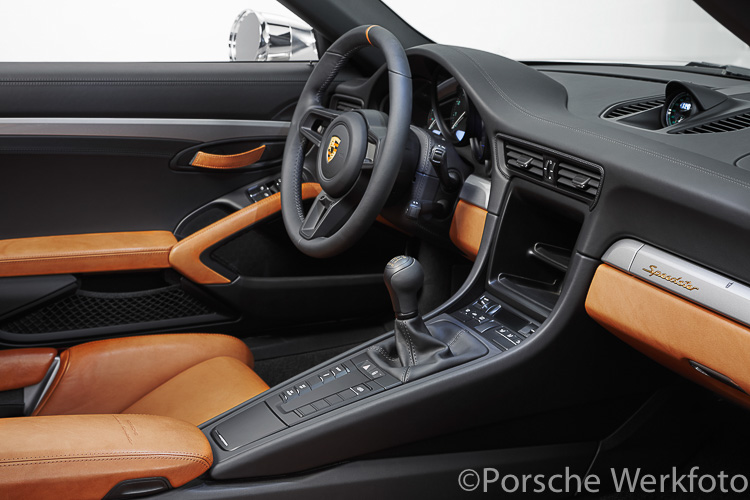
In 2018, in the year of Porsche’s 70th anniversary, it seemed fitting that Porsche produce another 911 Speedster, and so the 911 Speedster Concept was presented on 8 June as a road-ready study of an open-top model in this style. A pure driving experience is the main emphasis of the car. The drive technology under the two-tone shell of the concept study is derived from the current GT models, and was developed at the Porsche Motorsport Centre. The 911 Speedster Concept celebrated its world premiere as part of the official ‘70 years Porsche sportscar’ anniversary celebrations in Zuffenhausen. The concept study offers a glimpse of a potential series-production version, although this model may not be presented until 2019. A decision on whether to move ahead will be made in the coming months.
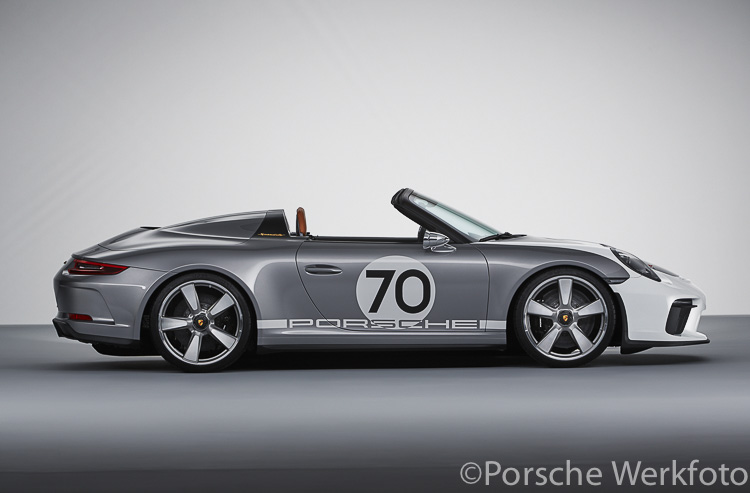
Written by: Glen Smale
Images by: Porsche Werkfoto



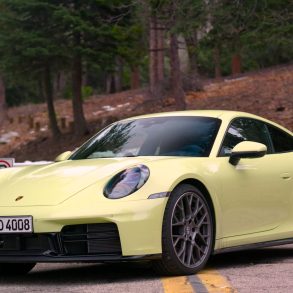
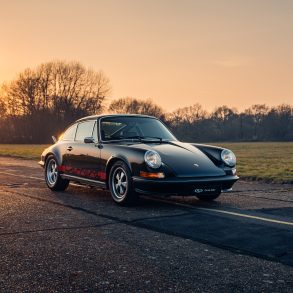
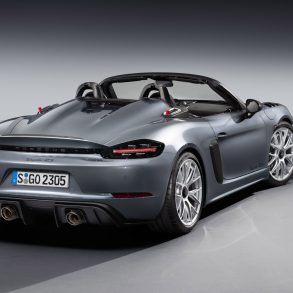
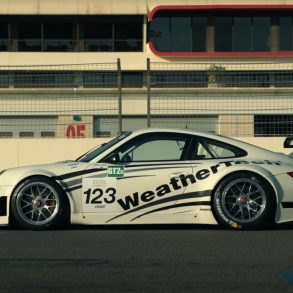
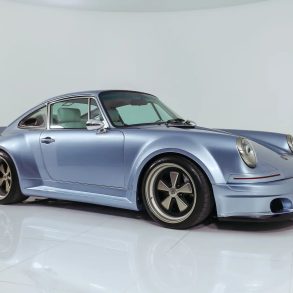
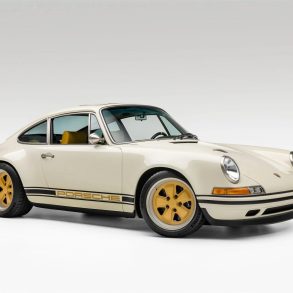
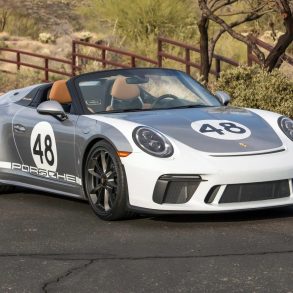
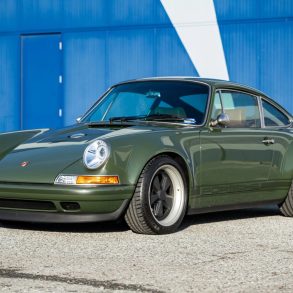

Great article as always!
0
Thanks Brandon!!
0